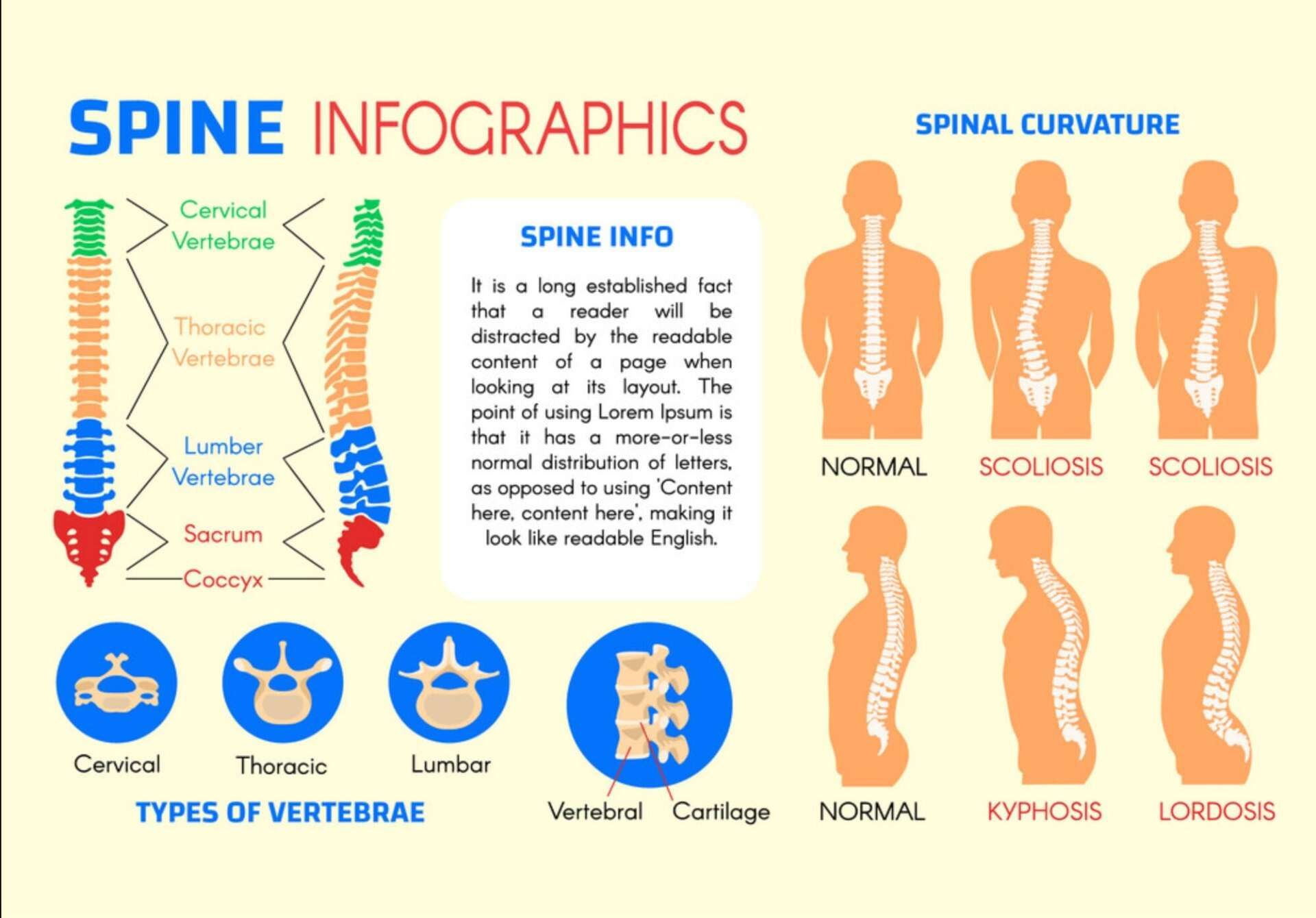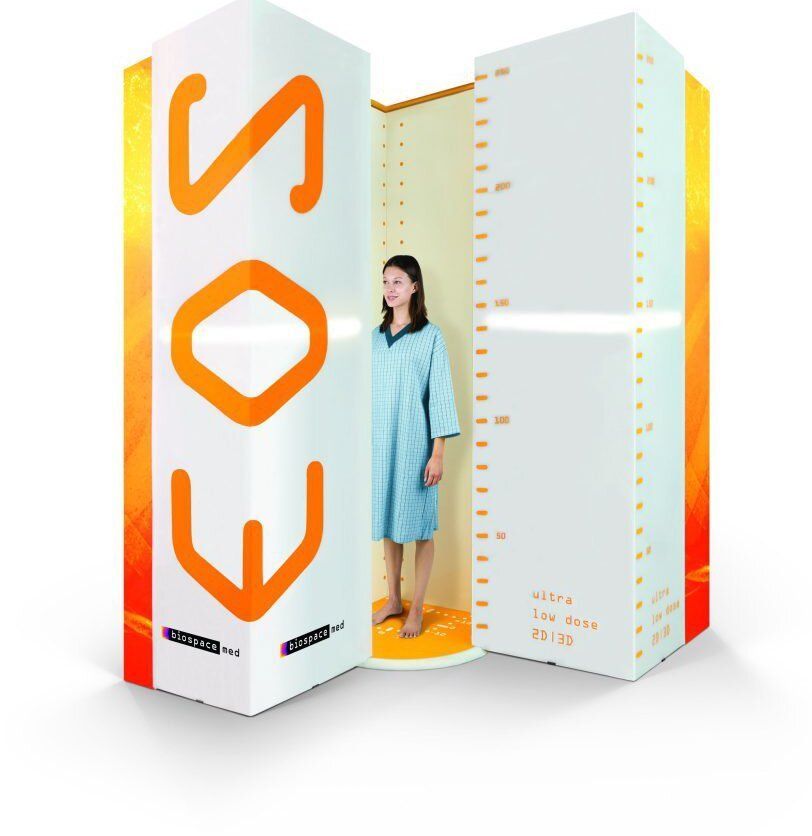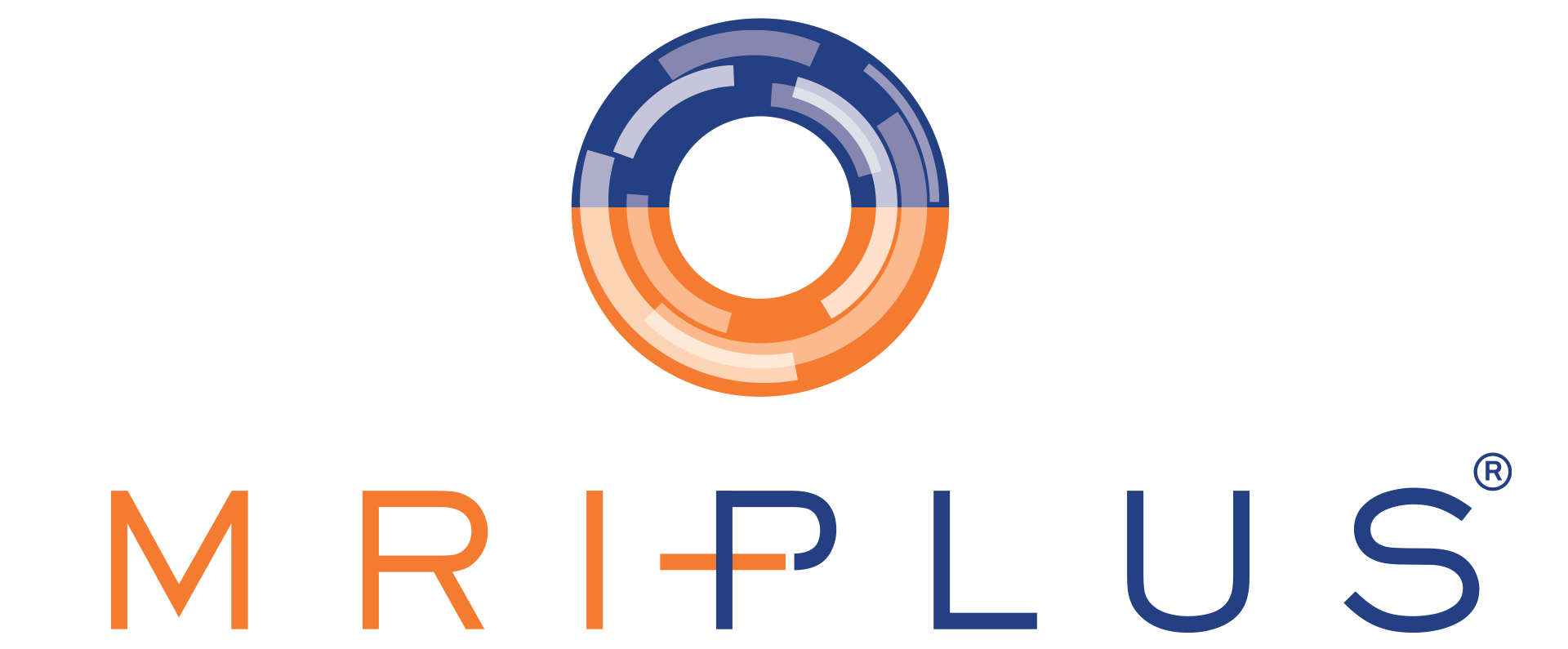EOS Imaging: Safe, Low-Dose Full-Body Spine Scan
November 10, 2022
What is an EOS Scan / Imaging?
EOS Scan is a relatively new body imaging technology that provides an innovative upgrade to other radiation-emitting x-rays and CT scans. EOS imaging refers to a brand of a body scanning ecosystem that includes equipment and applications to take a combined 2D and 3D EOS spine scan, a scan of any part of the body, or a scan of the whole body, whether in standing or sitting position.
How Does EOS Imaging Work?
Its makers, EOS Imaging, formerly Biospace Med, uses a highly sensitive particle detector to create a non-invasive body scan. The equipment comes with a perpendicular, that is, vertical and horizontal planes where radiation is emitted. As a result, frontal and lateral images of the body’s structures are scanned simultaneously.
This way, instead of positioning the body in different ways and taking multiple scans from different angles, the requested body scans are taken once only. Besides producing a more information-rich image, it also minimizes the patient’s exposure to radiation. Moreover, the machine can be adjusted to scan a specific region of the body only.
What Is An EOS Scan Used For?

Image Credits: Vectorstock
In some cases, EOS scanning can completely replace x-rays and CT scans. Some of the growing uses of EOS scans include the following:
- Scoliosis, including degenerative scoliosis, kyphosis, and other conditions leading to spinal deformity
- Misalignment and other discrepancies concerning leg length
- Degenerative diseases involving the hips and knees
- Limb length discrepancies
- Diagnosis of hip dysplasia
EOS scan London is also being increasingly used to better inform surgeries. Likewise, its use in post-surgery monitoring is also steadily increasing.
Is EOS Scan Better Than X-Ray Or CT Scan?
This innovative technology boasts of several benefits over more established modes of body imaging, particularly the ones that utilize radiation, that is, x-ray and CT scan. However, use depends on the accuracy of the information presented.
Generally, there is more experience with taking and reading either x-ray and CT scans. Although EOS scans may provide better alternatives, the medical provider’s experience and training will a specific diagnostic procedure almost always ultimately becomes the crucial deciding factor considered when choosing between EOS imaging or something else.
Advantages include the following:
- The use of radiation-emitting planes in right angles permit simultaneous 2D and 3D scanning.
- The patient may be scanned in weight-bearing, either standing or sitting position, rather than lying down which better captures spine, hip, and leg alignment.
- The resulting scan is an accurate reconstruction of the body’s anatomical structures, including the highly complex presentation of the spine.
- This procedure permits any specific part of the body to be scanned, in case a full body scan is not necessary.
- The patient is exposed only to about one-third of the amount of radiation emitted by an x-ray which makes it a viable option when exposure to radiation is particularly being avoided or needs to be significantly lessened.
How To Prepare For An EOS Scan

Image Credits: braincon
When searching for “EOS scan near me,” remember to get in touch with your physician or clinic for any inquiry you have about the procedure, ideally prior to your appointment. This helps you become at ease during the process.
In general, no special preparation is required when undergoing this examination. Although, it always pays to know what you are signing up for. So, here are some things you should expect when coming in for this procedure:
- You will be asked to remove any metal objects from your body. If you have metal implants, make sure to tell your physician about it before requesting an appointment to get a EOS scan done.
- You will be asked to change into a lab gown.
- The EOS Scanner is a huge structure and you will be asked to step into it although the room-like equipment will not be closed.
- The entire process takes just about 20 seconds or under to complete.
- Your results are immediately available although, it may take at least 24 hours for a radiologic examination to be completed. Results with technical readings may be transmitted directly to your physician and your physician will be the one to inform you of your results.
PAA:
What is an EOS full body scan?
It specifically pertains to full body imaging using the EOS scanning procedure. An EOS full body scan may be accomplished whether in standing or sitting positions. The resulting scan produces a combination of 2D and 3D images which provides a clear view of the body’s anatomical structures which, in turn, permits a detailed examination and a more accurate diagnosis.
How much is an EOS scan?
How much does an EOS scan cost? There are no published rates online that specifies the EOS scan cost in the UK. However, based on the comparative cost estimates of equipment acquisition and maintenance vs. x-rays and CT scanning, it is reasonable to expect that the cost of undergoing this diagnostic procedure would be more expensive. Generally, the availability of this procedure remains limited in some areas.
References:
Mahboub-Ahari A, Hajebrahimi S, Yusefi M, and Velayati A. EOS imaging versus current radiography: A health technology assessment study. Med J Islam Repub Iran. 2016; 30: 331. Published online 2016 Feb 17. Link:
https://www.ncbi.nlm.nih.gov/pmc/articles/PMC4898869/ Access Date: 3 Aug 2020
https://www.ncbi.nlm.nih.gov/pmc/articles/PMC4898869/ Access Date: 3 Aug 2020
Illés T and Somokeoy Somoskeöy S. The EOS imaging system and its uses in daily orthopaedic practice. Int Orthop. 2012 Jul; 36(7): 1325–1331. Published online 2012 Feb 28. doi: 10.1007/s00264-012-1512-y Link:
https://www.ncbi.nlm.nih.gov/pmc/articles/PMC3385897/ Access Date: 3 Aug 2020
https://www.ncbi.nlm.nih.gov/pmc/articles/PMC3385897/ Access Date: 3 Aug 2020
National Institute for Health and Care Excellence (2011). The EOS 2D/3D imaging system. Diagnostic Guidance. Published on 26 Oct 2011. Link:
https://www.nice.org.uk/guidance/dg1/resources/the-eos-2d3d-imaging-system-29267263429 Access Date: 3 Aug 2020
https://www.nice.org.uk/guidance/dg1/resources/the-eos-2d3d-imaging-system-29267263429 Access Date: 3 Aug 2020









